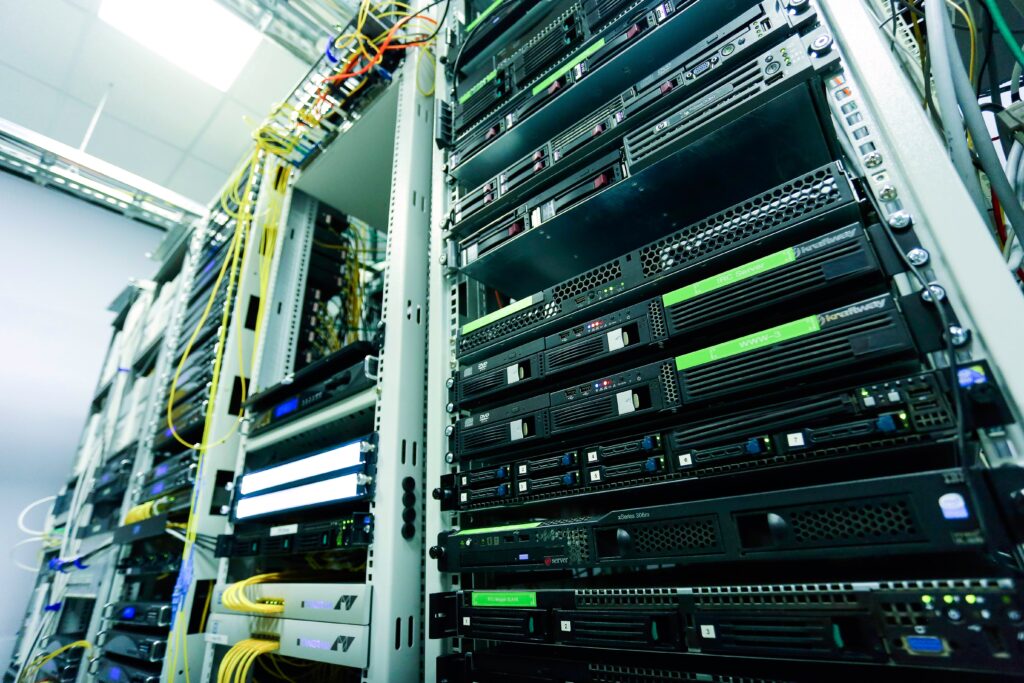Computational Science and Environmental Impacts: Strategies for Minimization
Computational science is responsible for driving discoveries ranging from unlocking the universe’s secrets to advancing cancer treatments and understanding the human genome, and the field has seen significant growth. However, this progress results in a considerable carbon footprint, which must be addressed to avoid uncontrolled environmental consequences. Environmentally sustainable computational science (ESCS) is a developing field with many opportunities to thrive, and it requires a coordinated approach.
In a recent article published in Nature Computational Science, researchers from the Department of Public Health and Primary Care at the University of Cambridge call for immediate action to curb the escalating carbon footprint associated with the rise in data science and algorithm usage. Dr Loïc Lannelongue, a biomedical data science research associate and a postdoctoral associate at Jesus College, Cambridge, emphasizes the need to balance scientific advancements with environmental responsibility. He believes that it is crucial for scientists, to minimize the carbon footprint of their work to ensure that the benefits of their discoveries do not outweigh the environmental costs.
Impacts on the Environment
The environmental impact of scientific research has received some attention in recent studies, focusing on scientific conferences and experimental laboratories. For instance, the 2019 Fall Meeting of the American Geophysical Union resulted in emissions of approximately 80,000 tons of CO2 equivalent (CO2e). This is equivalent to the average weekly emissions of Edinburgh, UK. Similarly, a typical life science laboratory generates around 20 tCO2e annually. However, one aspect that often goes unnoticed is the environmental impact of high-performance and cloud computing.
Surprisingly, in 2020, the Information and Communication Technologies sector contributed between 1.8% and 2.8% of global greenhouse gas emissions, surpassing aviation’s emissions (1.9%). The impact is due to electricity usage and factors like hardware manufacturing, disposal, water usage in data centres, and land footprint.

Exponential growth – exponentially growing negative impacts
Professor Michael Inouye, addressing the underestimated impact of algorithms, warns that the carbon footprint of computational science could grow exponentially if not addressed. To tackle this issue, the team has developed GREENER (Governance, Responsibility, Estimation, Energy and embodied impacts, New collaborations, Education and Research) principles to guide the computational science community towards sustainable research practices that benefit humanity and the environment.
The first principle, Governance and Responsibility, stresses individual and institutional responsibility to promote transparency and reduce greenhouse gas emissions. Institutions can be crucial in managing and expanding central data infrastructures, considering hardware purchases’ manufacturing and operational footprints. IT teams in high-performance computing centres can and should train scientists and help monitor their carbon footprints.
The second principle, estimating and reporting the energy consumption of algorithms, aims to identify inefficiencies and opportunities for improvement by quantifying the carbon footprint of computations. We should be aware of the actual research costs and not overlook computations’ financial and environmental costs.
To minimize carbon intensity, the third principle, Tackling Energy and embodied impacts through New collaborations, advocates relocating computations to low-carbon settings and countries, but with equity in mind. Data storage duplication for various research groups also presents a real challenge.
Education and Research, the fourth principle, emphasizes the importance of raising awareness among stakeholders and integrating sustainability into computational training courses. Investing in research for environmentally sustainable computational science is also critical.

Computational Science: Equitable access is part of sustainability
Dr Lannelongue also highlights the need for a cultural shift in computational science to address sustainability effectively. “Computational scientists have a real opportunity to lead the way in sustainability, but this will involve changing our culture and work. Cooperation, open science, and equitable access to low-carbon computing facilities will also be crucial. We need to make sure that sustainable solutions work for everyone, as they frequently have the least benefit for populations, often in low- and middle-income countries, who suffer the most from climate change.” Equitable access to low-carbon computing facilities is crucial to ensure sustainable solutions benefit everyone, especially vulnerable populations affected by climate change.
The GREENER principles offer a compelling framework for promoting environmentally sustainable computational science but can be only regarded as a theoretical framework to build upon. With the clock ticking, stakeholders, from funders to individuals, must take action to minimize the carbon footprint of computational science, ensuring a more sustainable future for scientific progress and the environment.



